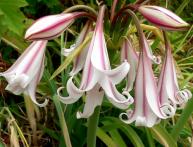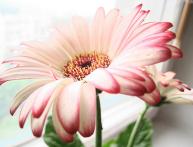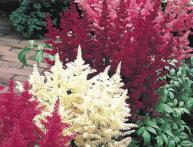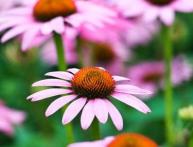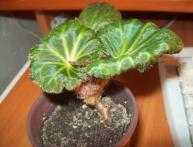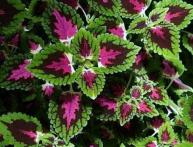Carnation shabot in the photo - queen of the garden
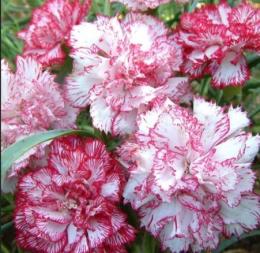
Carnation Shabo in the photo belongs to the clove family. It is named after the Frenchman Chabot, who obtained this variety in 1894. The plant is perennial, although it is grown as an annual.
This type of carnation is distinguished by a compact bush that has bluish-green stems covered with a waxy coating, narrow linear leaves and large double flowers with a pleasant aroma.
The Shabot carnation in the photo has a wide variety of flower colors: white, cream, yellow, pink, red.
Reproduce cloves by seeds, which are sown in the greenhouse in the last winter months. The seedlings are first planted in seed boxes, then in nutrient pots or greenhouses. Carnations bloom 6 months from the date of sowing.
Carnation seedlings in flower beds planted in the first days of the calendar summer. To form more compact bushes, the tops are periodically pinched.
Carnation Shabot blooms from the second half of July until frost. To extend the flowering period, the plants are first planted in pots, which are placed in a greenhouse, then immediately transplanted into the ground along with a lump of earth.
When breeding Some plants produce non-double flowers from seeds, so the most valuable ones are propagated by cuttings.
To ripen the seeds, a long period of sunny weather is needed, since the calyxes crack from rain. The seeds ripen one and a half to two months after the plant begins to flower, and when ripe, they fall out onto the ground.
Carnation grows well in deep, fertile, permeable and calcareous soils in open areas. Does not tolerate stagnant areas.

